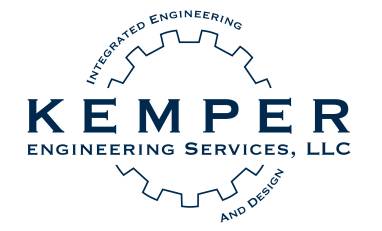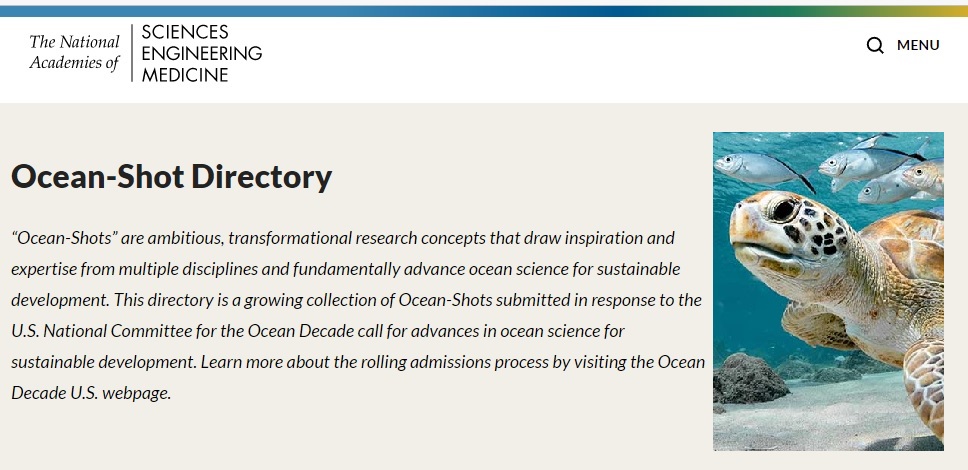The KES team’s submission for the OCEAN SHOT has been accepted. This is part of the UN DECADE OF THE OCEAN, which in turn is part of the US Ocean Decade sponsored by the National Academies of Science and Engineering. The “Ocean Shot” programs are meant to be like the “Moon Shots” of the Space Race — inspiring, audacious projects to engage the public and advance science.
The ALEXANDER is a submersible that can either free-float in ocean currents as deep as 100 feet or using a “landing array” to remain stationary in shallow water. In addition to its own sensor arrays, it acts as a “mother ship” for ROV or AUVs by launching and recovering through a moon pool. In the stationary mode, the moon pool also allows for divers to work without decompression stops. It will allow researchers to stay submerged for up to 30 days. The ALEXANDER will have built-in servers to allow for on-site data processing and machine learning as data is gathered so researchers can tune their work based on data gathered. A central reason for the durational design is to address current gaps in data needed for climate change studies and biodiversity studies. The system will be lifted onto a carrier ship so it can be transported to anywhere and provide a research platform. The same design can be used for conventional undersea work, allowing crews to rotate in and out via the moon pool.
The KES team is:
Krista Kemper: Overall architect, computer array housing
Bart Kemper, PE, CPEng: Mechanical and marine engineering. Engineer lead, also hulls and viewport
Linda Cross, PE: Biological and mechanical engineering. Life support, ergonomics
Amy Pinner, PMP: Mechanical engineer. Project management, fabrication management
Veda Thipparthi: Chemical engineer. Materials and gas mixing
Quinton Moore: Mechanical engineer. Propulsion and power distribution
Ana Escobar: Chemical engineer. Materials
The next step is a concept presentation at a future date. Kemper Engineering is part of the Ocean Decade U.S. Nexus.



Recent Comments